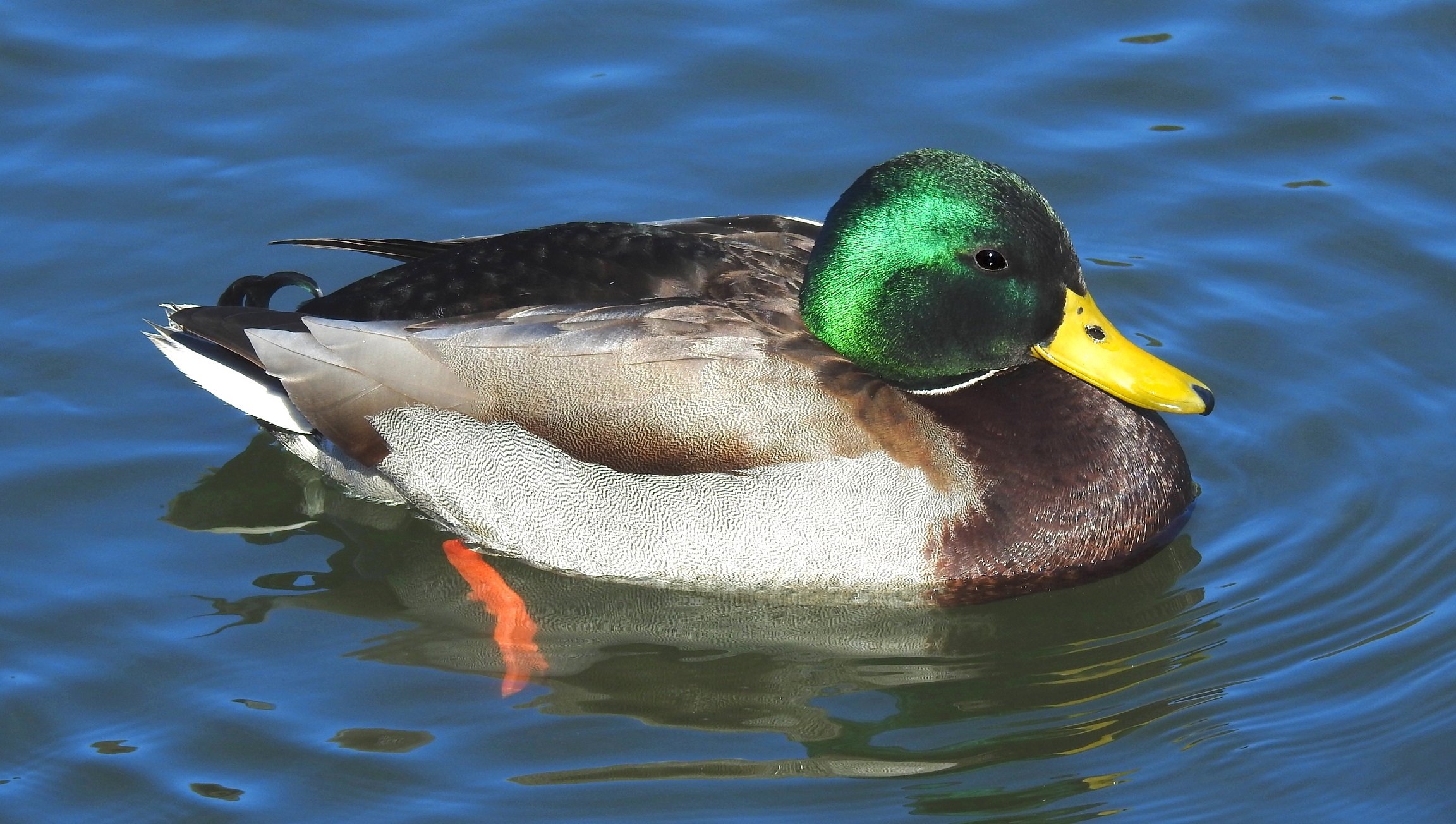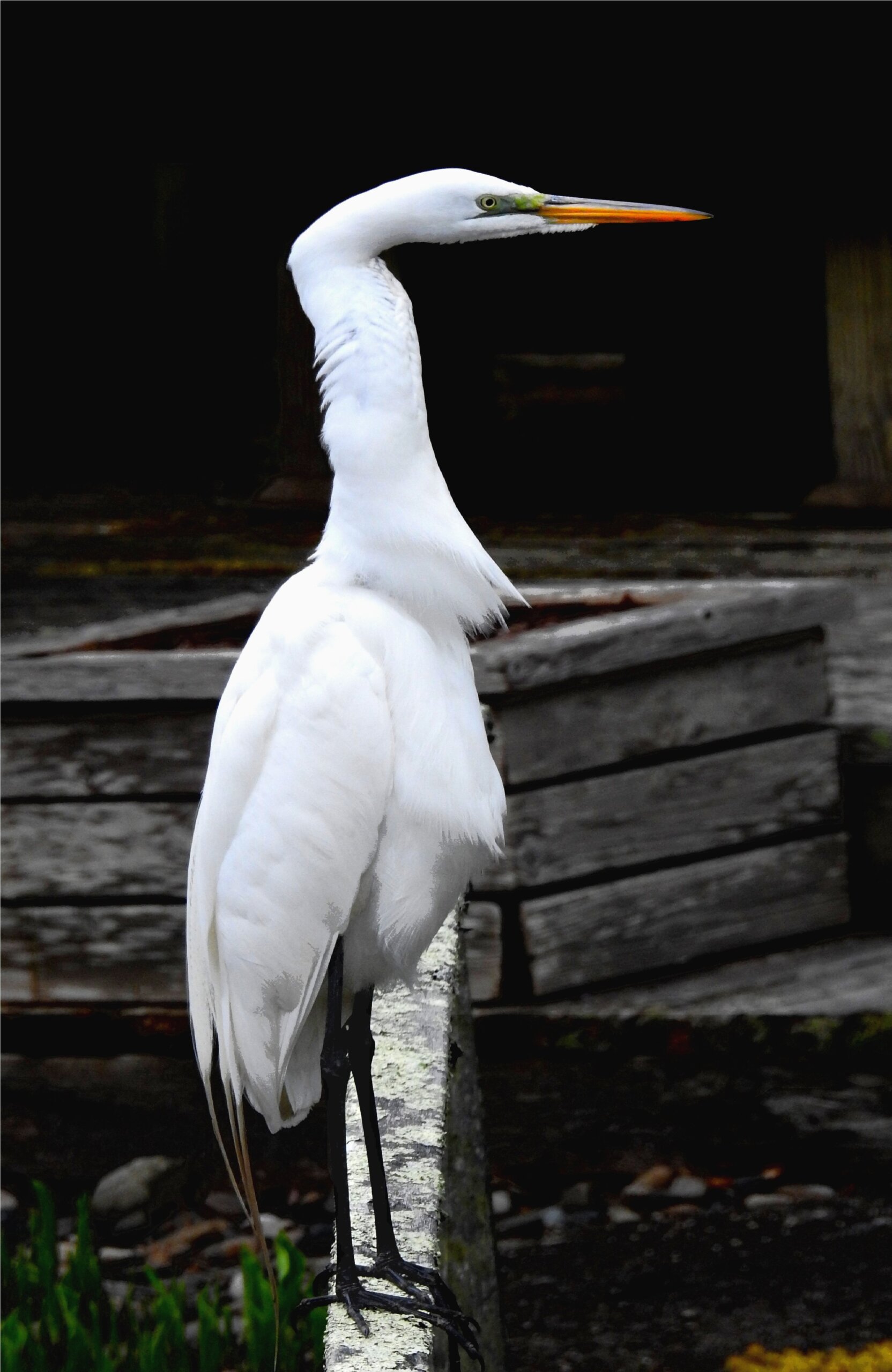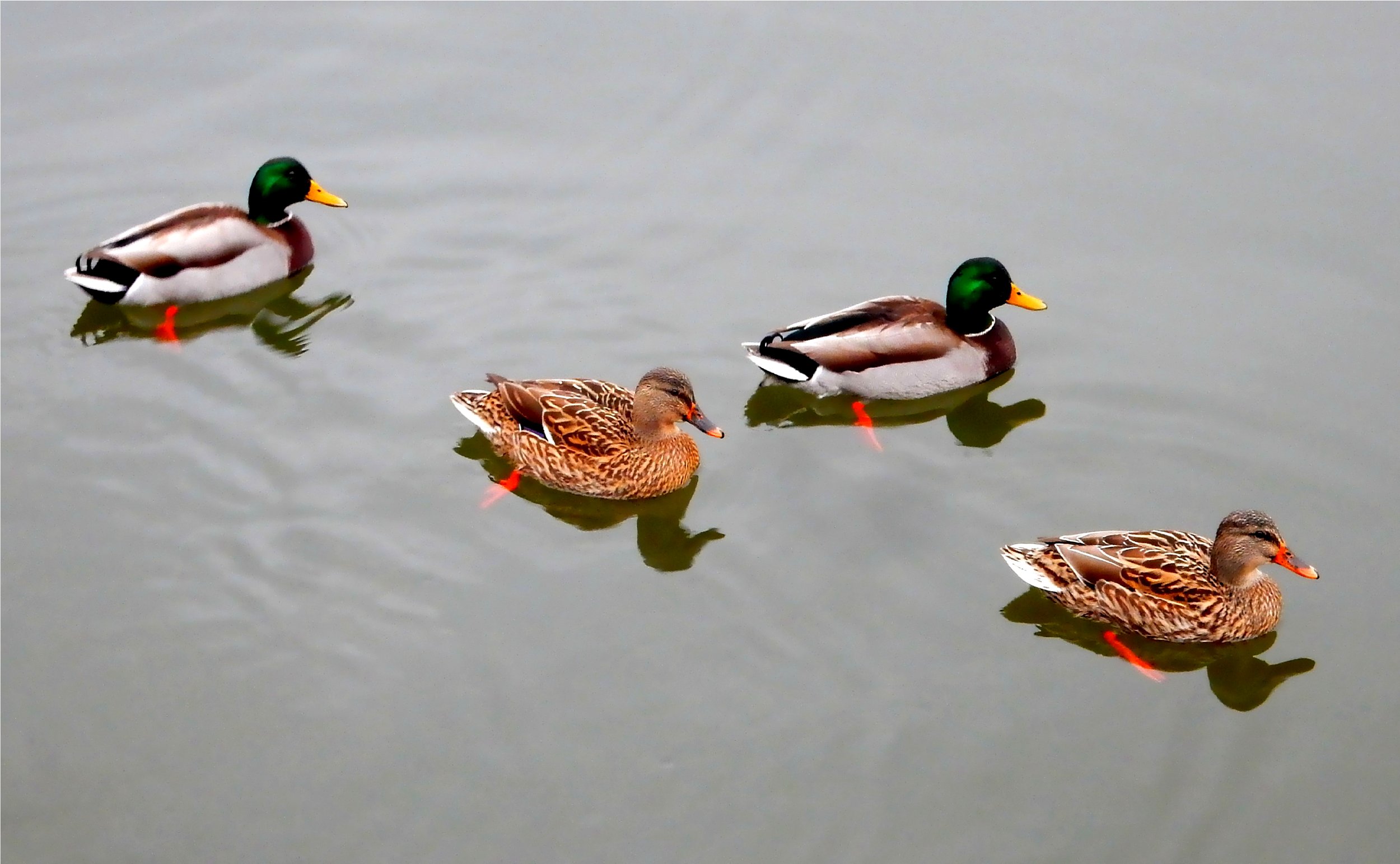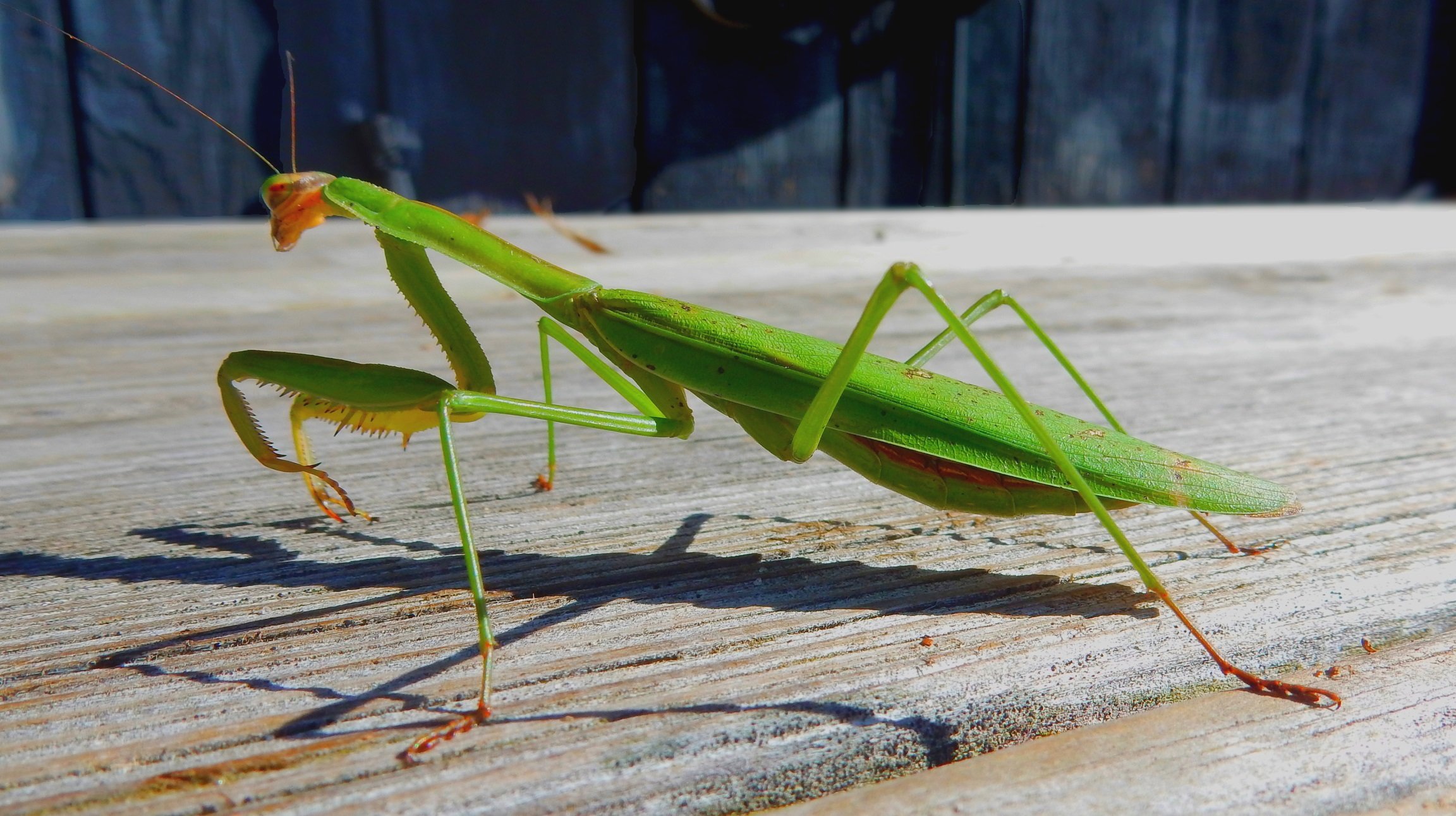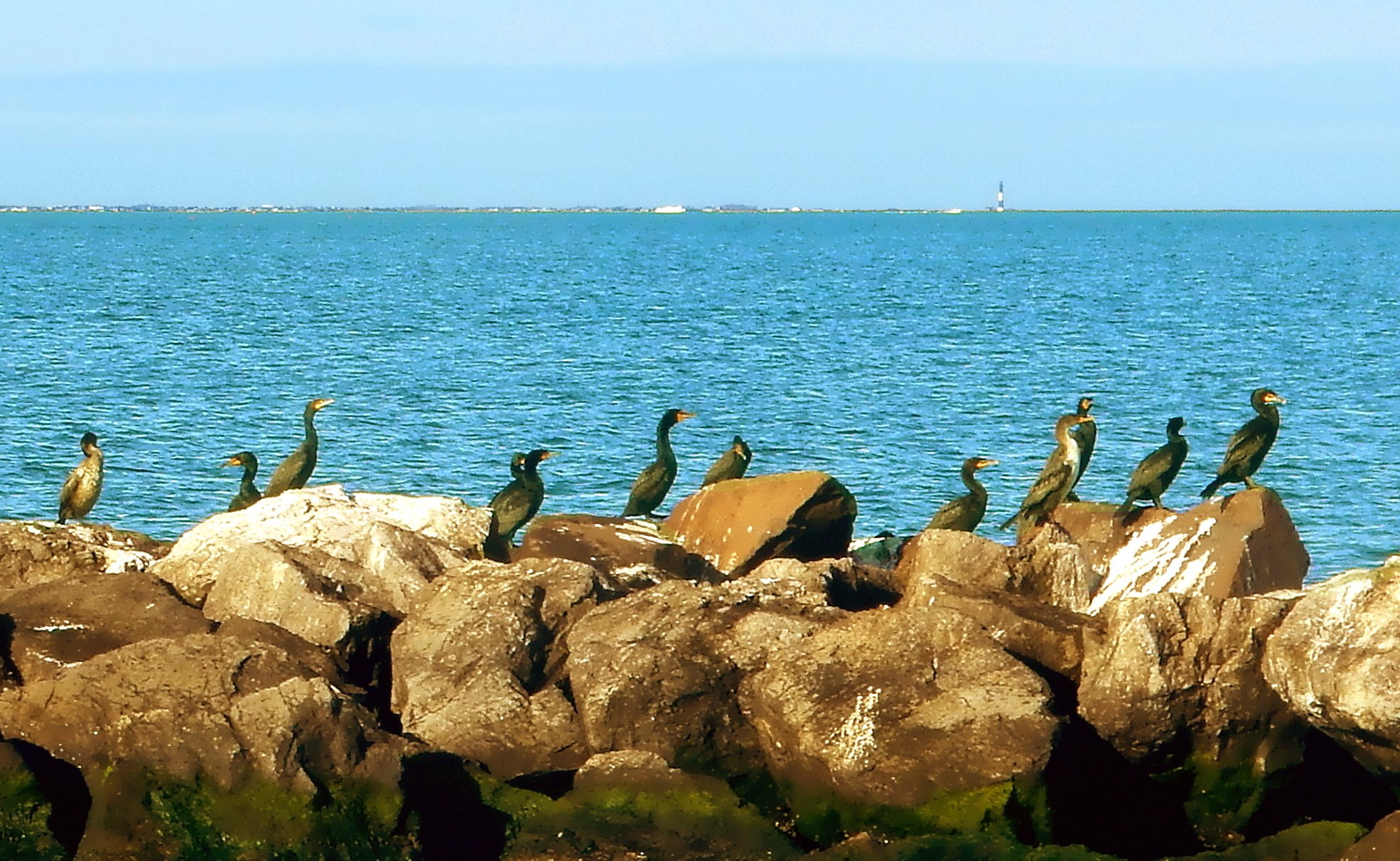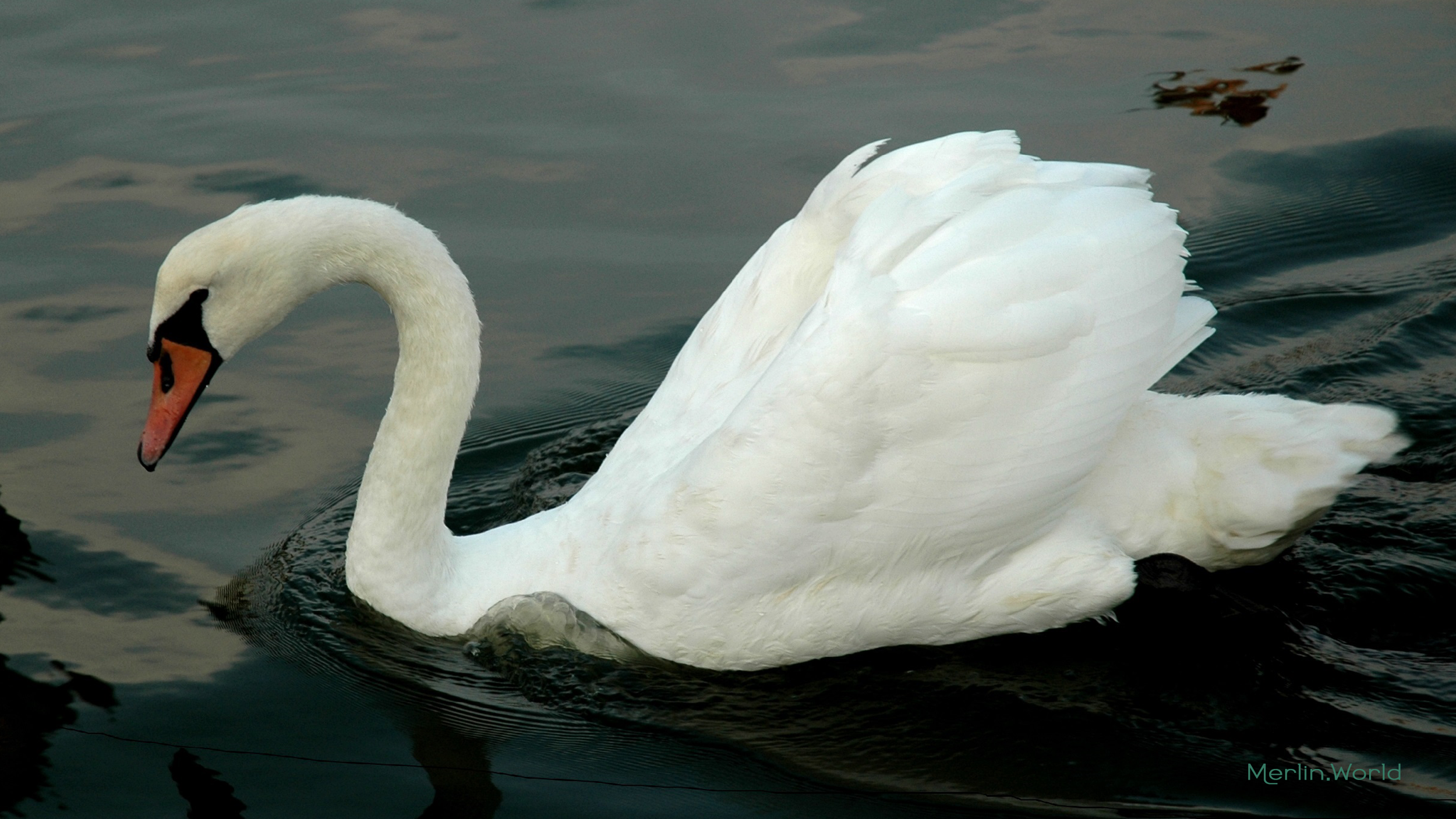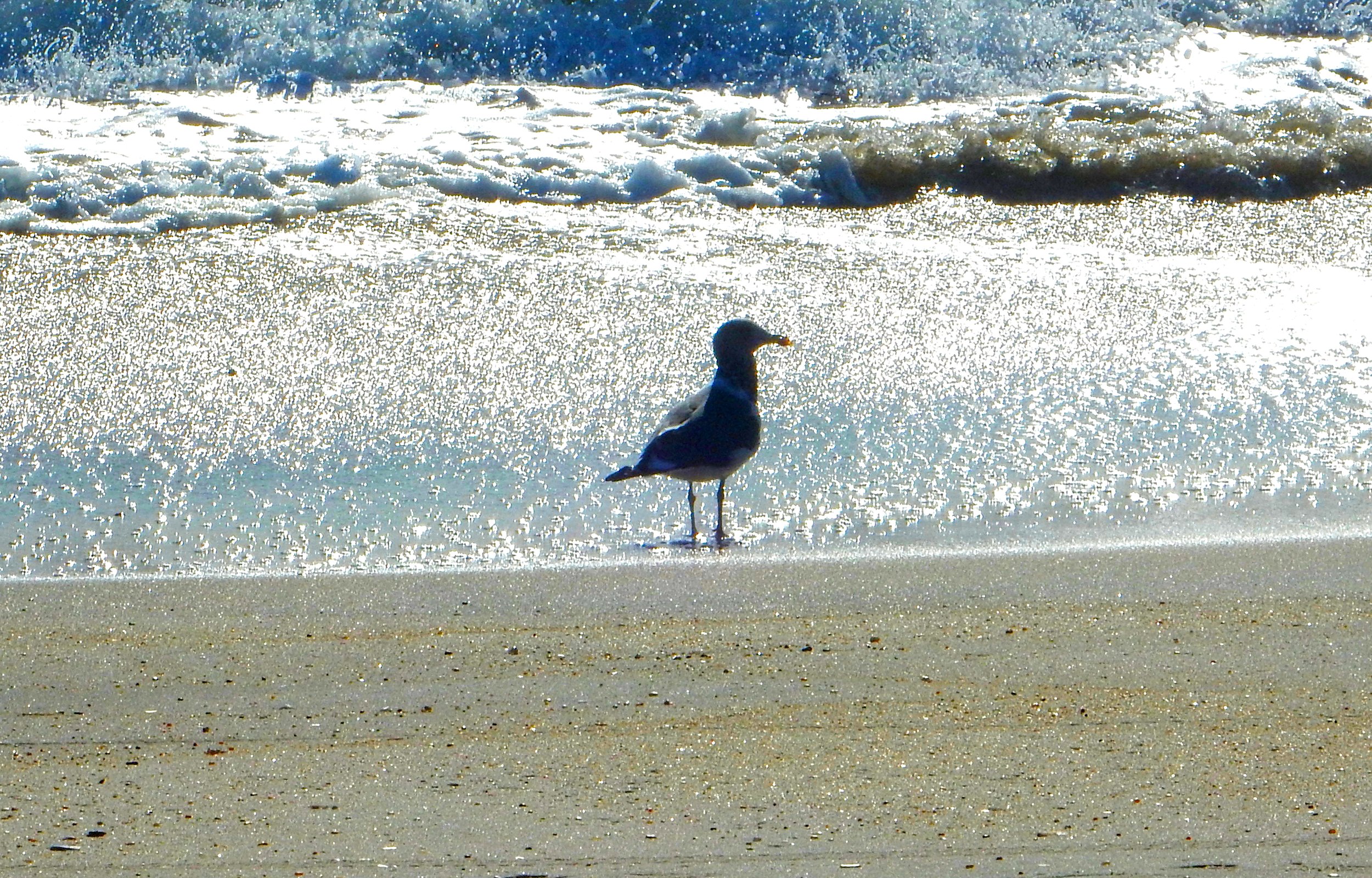In addition to great beaches and remarkably diverse towns, Fire Island is also home to wonderful wildlife.
According to the National Parks Service, about 30 species of mammals either visit or live in various parts of the island, including red fox, cottontail rabbits, Raccoons, muskrats, mice, meadow voles, Norway rats, and masked shrews (which are far more common on the island than you might think).
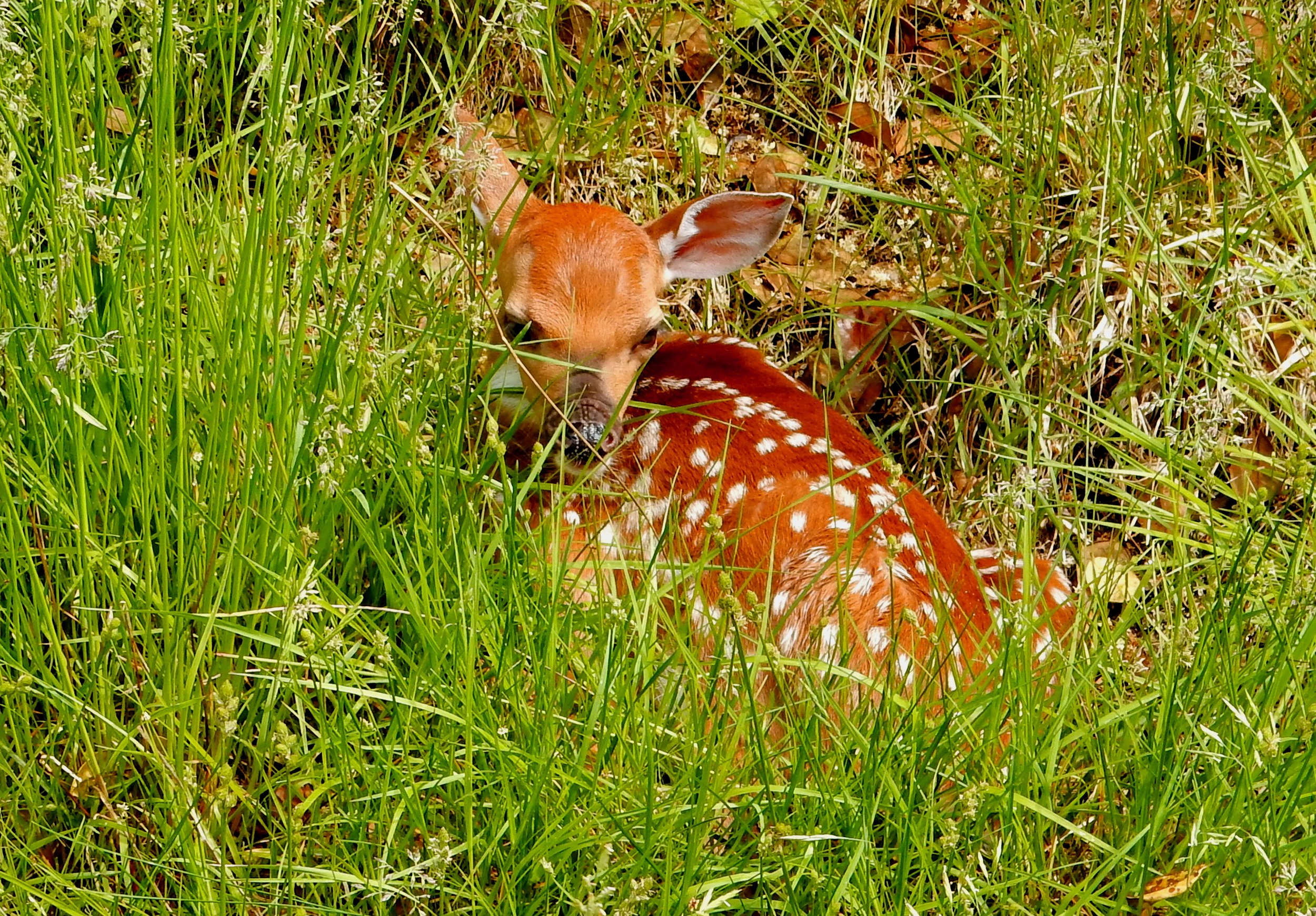
And of course, white-tailed deer, which have become so well adapted that deer and humans readily walk past each other on the boardwalks. Interestingly, deer were not numerous on Fire Island in 1964 when parts of the island were established as a national park, but due to abundant food sources and a lack of natural predators their numbers have increased dramatically since then.
Squirrels were not seen on the island at all 50 years ago, but along with five species of bats they are now common. We also have snakes, turtles, and short-tailed shrew (Blarina brevicauda). Weasels and mink were here but have not been seen in recent years.
Also less common now is the monarch butterfly (Danaus plexippus). From mid-August through early October hundreds of thousands of these beautiful insects used to rest and feed on Fire Island as they made their way south for the winter, heading for the safety of Oyamel Fir Forests, dense stands of high-altitude evergreens in the mountains of central Mexico. It’s a journey of more than 3,000 miles!
With the warmer temperatures and longer days of spring the butterflies begin their migration back north. It’s worth noting that an individual butterfly does not make the entire trip, it’s a multi-generational migration. Monarchs have not been doing well in recent years; scientists believe this is due to the increasing use of pesticides and to global warming.
Unfortunately, we also have feral dogs and especially feral cats, the population of which has increased dramatically in the last 20 years. They breed prolifically, are talented hunters, and their impact on native wildlife is significant. People in various communities have organized ongoing efforts to trap, treat, neuter and release them.
Neutered feral cats have a small ‘v’ notch cut into one ear (it doesn’t hurt them) so you can recognize them right away. Most are fairly wary of humans, but like any animal if you regularly feed them, after a while they will accept and even befriend you to various degrees, kind of like humans! Some will even re-domesticate and begin sleeping in your house and even rubbing you for attention, food and grooming. Unfortunately, that can bring some very real issues into your home, not the least of which are ticks, a kind of wildlife no one wants to find getting attached to them.
There’s an interesting technique for removing a tick, and it’s especially useful for children. It’s difficult for a younger kid to sit still as you try to pull the tick off with tweezers, it can cause pain and leave tick mouth parts still embedded in the skin. But there’s a cool alternative: Take a fresh, dry Q-Tip and move it slowly in circles around the tick, very near but not touching it. Within 15 or 20 seconds the tick will voluntarily release itself from your child’s skin and jump onto the Q-Tip. I’ve tested this myself and found that it works roughly half the time. If it doesn’t work after about a minute, I’m afraid you have to go digging.
Fire Island is also home to a remarkable diversity of birds. In addition to ever-present seagulls, we also have swans, woodpeckers, robins, heron, ducks and many others. I often wonder how they manage to survive through the deepest parts of our winters when you’d think they’d be as frozen solid as the bay, but somehow, they manage it.
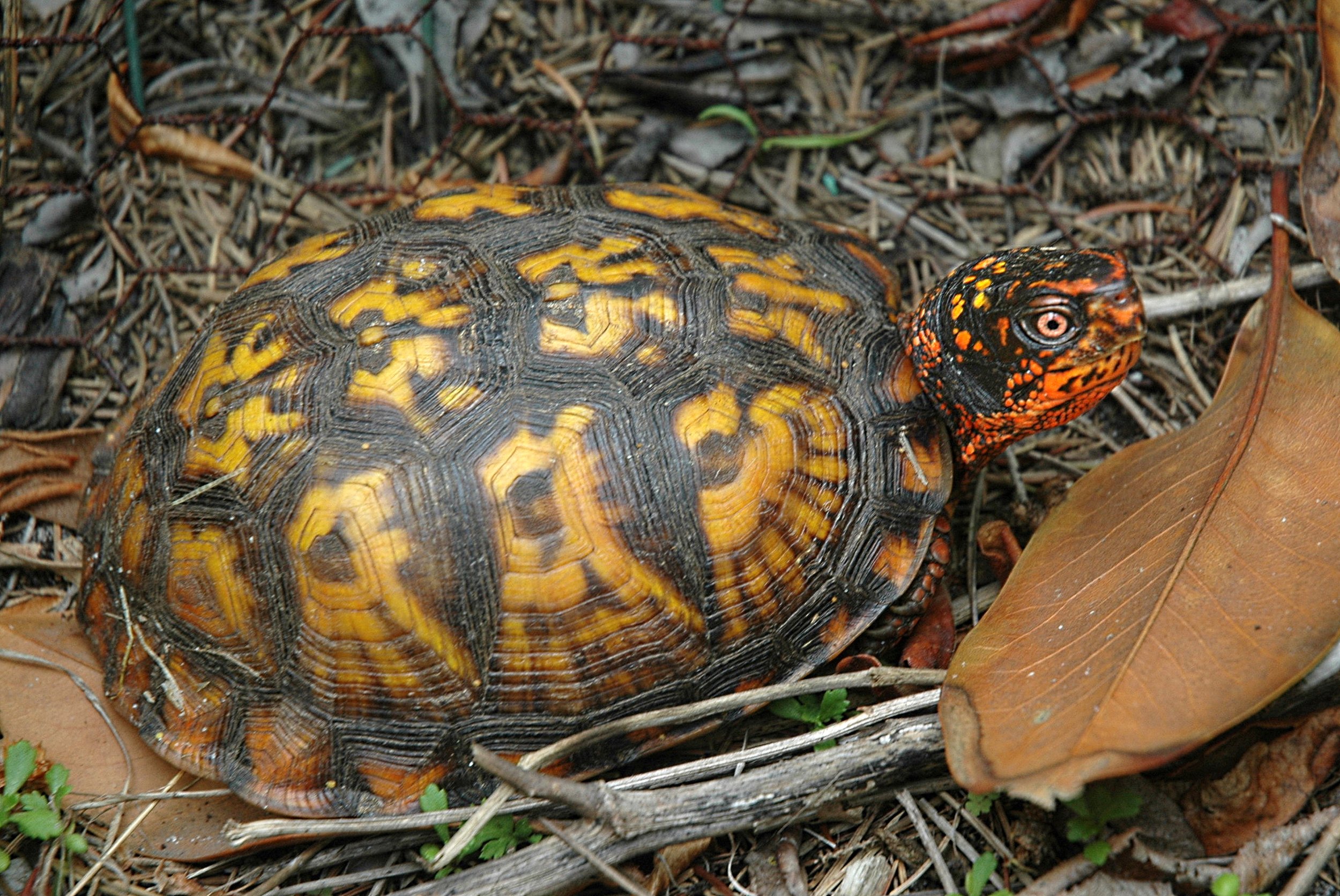
More than 30 species of reptiles (turtles and snakes) and amphibians (frogs, toads and salamanders) live or visit Fire Island, from the Fowler’s toad to the giant leatherback sea turtle, although none nest here. The sea turtles are federally designated as threatened or endangered species, including the Kemp’s ridley turtle (Lepidochelys kempii), leatherback (Dermochelys coriacea), and hawksbill (Eretmochelys imbricata), loggerhead (Caretta caretta) and green turtles (Chelonia mydas).
